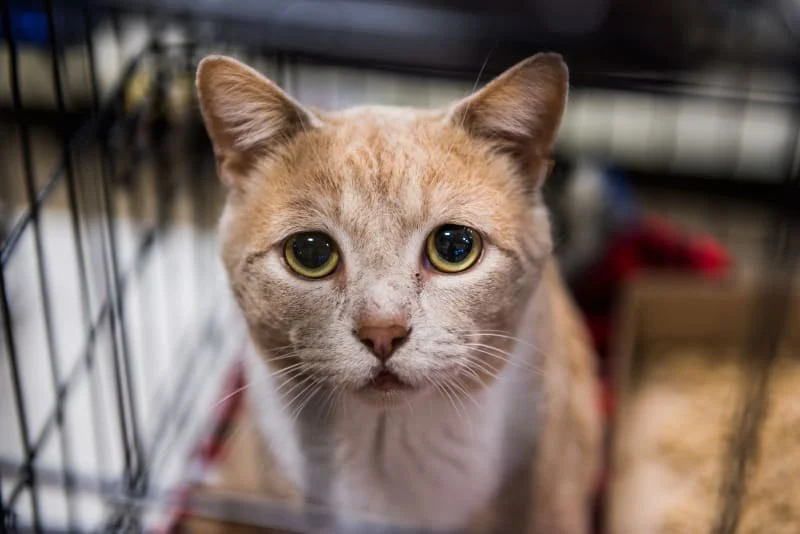
- 1. What is Feline Anemia?
- 2. Causes of Feline Anemia
- 3. Symptoms of Anemia in Cats
- 4. Treatment for Feline Anemia
- 5. Omnia Pet Recommendations
1. What is Feline Anemia?
Feline anemia is a condition where a cat has a lower than normal number of red blood cells in its bloodstream. Red blood cells are essential for carrying oxygen throughout the body, so when a cat is anemic, their organs and tissues don't get the oxygen they need to function properly. Anemia in cats can be a sign of a variety of underlying health issues, from mild to severe, and can have a range of causes.
Understanding feline anemia is essential for cat owners, as it can be a serious condition if left untreated. Fortunately, early detection and proper treatment can help manage and even resolve many causes of anemia in cats. In this article, we will explore the causes, symptoms, and treatment options for feline anemia, providing you with the knowledge to help your cat maintain optimal health.
2. Causes of Feline Anemia
There are several reasons why a cat may develop anemia, ranging from minor issues to more severe, chronic conditions. Some of the most common causes of feline anemia include:
2.1. Blood Loss
Blood loss is one of the most straightforward causes of anemia in cats. This can occur due to trauma (such as injury), internal bleeding (like from ulcers or tumors), or parasites like fleas and ticks, which feed on the cat's blood. When a cat loses blood faster than it can regenerate, it leads to a drop in red blood cell count.
2.2. Decreased Red Blood Cell Production
In some cases, the cat's bone marrow may fail to produce enough red blood cells. This can be caused by various factors, including infections, toxins, or diseases that affect the bone marrow, such as leukemia or other cancers. When red blood cells aren't produced at a sufficient rate, anemia develops.
2.3. Destruction of Red Blood Cells
Some health conditions cause the cat's immune system to destroy its own red blood cells. This can occur in autoimmune disorders like immune-mediated hemolytic anemia (IMHA), where the body mistakenly attacks its red blood cells. Certain infections, such as feline leukemia virus (FeLV) or feline infectious anemia (caused by a parasite called Mycoplasma), can also cause red blood cells to break down prematurely.
2.4. Chronic Diseases
Chronic illnesses such as kidney disease, hyperthyroidism, and cancer can lead to anemia in cats. In these cases, the anemia is often secondary to the primary disease and may worsen as the underlying condition progresses. Managing the chronic illness can help improve the anemia, but the two conditions are typically intertwined.
3. Symptoms of Anemia in Cats
Recognizing the signs of anemia in cats is crucial, as it allows for early intervention and treatment. The symptoms can vary depending on the severity and underlying cause of the anemia. Common signs of anemia in cats include:
3.1. Pale Gums and Tongue
One of the most noticeable signs of anemia is pale gums and tongue. Red blood cells give the gums and mucous membranes their pink color, so when the red blood cell count is low, these areas may appear very pale or white. Checking your cat's gums regularly is a good way to monitor for anemia.
3.2. Lethargy and Weakness
As anemia reduces the oxygen supply to a cat's body, they may become more tired and lethargic. Cats with anemia may sleep more than usual and show less interest in activities that they typically enjoy. This lack of energy is a sign that their body is struggling to maintain normal function due to insufficient oxygen.
3.3. Rapid Heart Rate and Panting
A cat with anemia may also show signs of cardiovascular distress, including a rapid heart rate (tachycardia) and panting. These symptoms occur because the heart has to work harder to deliver oxygen throughout the body due to the reduced number of red blood cells.
3.4. Loss of Appetite
In some cases, anemia can lead to a decreased appetite, which can further exacerbate the condition. A cat with anemia may eat less or avoid food altogether, which can lead to further weight loss and weakness.
3.5. Jaundice
Jaundice, or a yellowing of the skin and the whites of the eyes, can also occur in cases of anemia caused by the destruction of red blood cells. This happens because the body is breaking down red blood cells at an abnormal rate, leading to the accumulation of bilirubin, a byproduct of red blood cell breakdown.
4. Treatment for Feline Anemia
The treatment for feline anemia depends on the underlying cause of the condition. Once a diagnosis is made, your veterinarian will recommend the most appropriate course of treatment, which may include:
4.1. Treating the Underlying Cause
If the anemia is secondary to another health issue, such as kidney disease, hyperthyroidism, or parasites, treating that underlying condition is essential. For example, in cases of parasite-induced anemia, treating the fleas or ticks can resolve the issue and allow the cat’s red blood cell count to return to normal.
4.2. Blood Transfusions
For severe anemia, a blood transfusion may be necessary. This provides the cat with a fresh supply of red blood cells and helps stabilize their condition. Blood transfusions are typically used when anemia is life-threatening or when other treatments are not effective in quickly raising the red blood cell count.
4.3. Medications and Supplements
In cases of anemia caused by iron deficiency or bone marrow problems, your veterinarian may prescribe iron supplements or medications to stimulate red blood cell production. If the anemia is immune-mediated, immunosuppressive drugs may be used to reduce the activity of the immune system and prevent the destruction of red blood cells.
4.4. Supportive Care
Supportive care, such as providing a high-quality diet and ensuring the cat stays hydrated, is crucial during the recovery process. Cats with anemia may also need to be monitored closely for any changes in their condition, with follow-up visits to the veterinarian to track their progress.
5. Omnia Pet Recommendations
If you suspect your cat may be suffering from anemia, it's essential to seek veterinary care as soon as possible. Early diagnosis and treatment can help improve your cat’s quality of life and prevent further complications. At Omnia Pet, we offer a wide range of high-quality products that can support your cat’s health and well-being. From supplements to specialized cat food, we have the resources to help you care for your feline friend. Visit our website today for more information and recommendations.




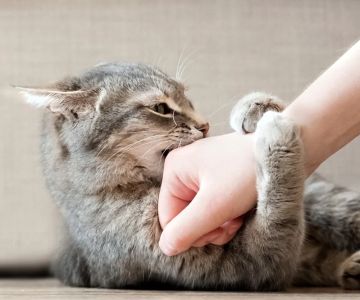
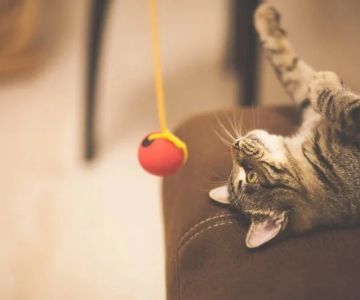
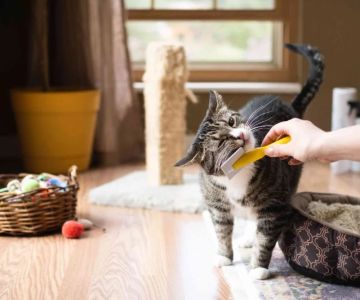

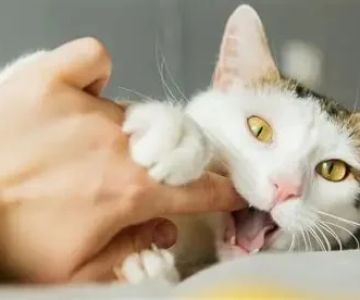
 Hollywood Feed4.0 (184 reviews)
Hollywood Feed4.0 (184 reviews) Brew Biscuits5.0 (2 reviews)
Brew Biscuits5.0 (2 reviews) All Friends Animal Hospital4.0 (446 reviews)
All Friends Animal Hospital4.0 (446 reviews) Kittylandkittens LLC0.0 (0 reviews)
Kittylandkittens LLC0.0 (0 reviews) Village Animal Clinic4.0 (212 reviews)
Village Animal Clinic4.0 (212 reviews) Rift Lake Aquatics4.0 (165 reviews)
Rift Lake Aquatics4.0 (165 reviews) Understanding Pet Insurance: What Does It Actually Cover?
Understanding Pet Insurance: What Does It Actually Cover?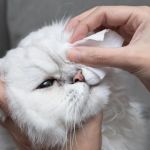 How to Keep Your Kitten's Eyes Clean and Free of Discharge
How to Keep Your Kitten's Eyes Clean and Free of Discharge The Truth About Heartworm Disease: Prevention is Cheaper Than Cure
The Truth About Heartworm Disease: Prevention is Cheaper Than Cure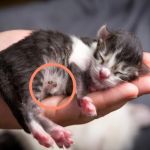 Why Is My Kitten's Belly Button Showing? | Omnia Pet
Why Is My Kitten's Belly Button Showing? | Omnia Pet Why Does My Cat Bite Me Gently? Love Bites Explained
Why Does My Cat Bite Me Gently? Love Bites Explained How to Stop Your Kitten from Getting into Cabinets
How to Stop Your Kitten from Getting into Cabinets